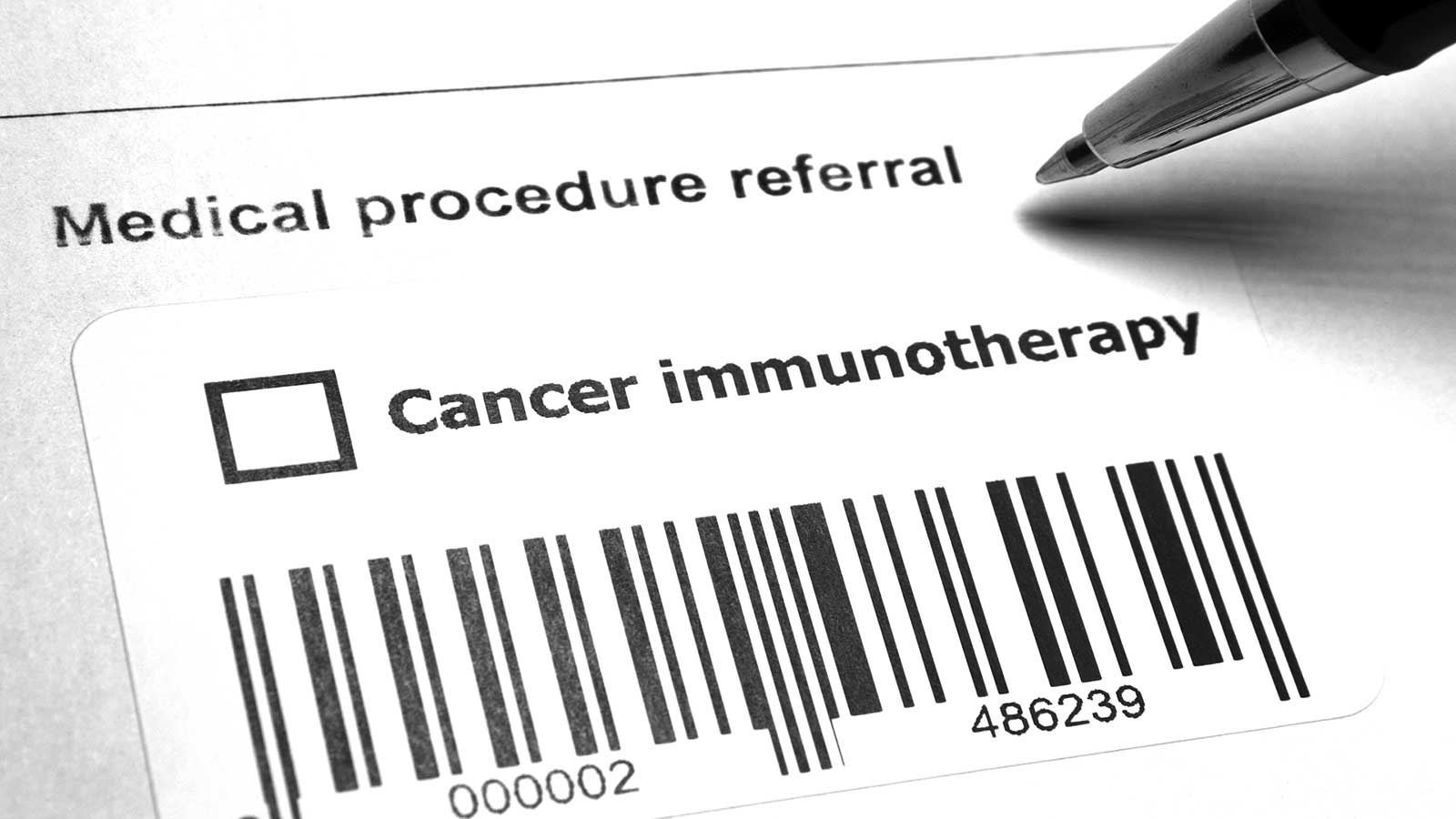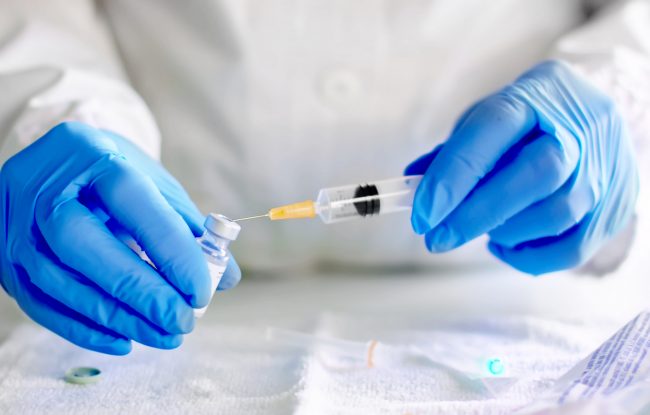I have just returned from the 9th International Robotic Surgery Symposium (IRSS) in Seoul, Korea.
This is the first in a series of five blog posts:
- Neoadjuvant immunotherapy and transoral robotic surgery (TORS)
- Barriers to improving treatment regimens in head and neck cancer
- Scarless surgery – the future of thyroid surgery is robotic
- Controlling postoperative bleeding in TORS – my IRSS paper
- Future of surgical robots – single ports and flexible endoscopes
One of the most interesting papers at the 9th IRSS was presented by Professor Neil D Gross, a colleague of mine at The University of Texas MD Anderson Cancer Center. Neil has been the principle investigator in a trial looking at the use of immunotherapy prior to transoral robotic surgery (TORS) for oropharyngeal cancer is what we call a neoadjuvant treatment.
Neoadjuvant therapy is a treatment given as a first step to shrink a cancer before the main treatment, which in this instance is robotic surgery. Chemotherapy is often used as a neoadjuvant treatment for cancers such as breast cancer and occasionally for advanced head and neck cancer. Chemotherapy drugs work by either killing cancer cells or stopping them from dividing. But chemotherapy also attacks healthy cells which is why patients experience side effects such as hair loss and mouth sores. Immunotherapy works differently to chemotherapy. Immunotherapy drugs work by activating the body’s immune system and natural defenses to fight cancer. The rates of adverse events are lower and side effects less common
Human papillomavirus related oropharyngeal cancers (HPV+OPSCC) arise in lymphoid tissue. Lymphoid tissue is immune active. Immune active tumours are more likely to respond to immunotherapy than non immune active tumours. The intention of using immunotherapy before TORS surgery for oropharyngeal cancer is to reduce the size of tumours so they are more amenable to surgery. Better surgical access results in easier and more effective removal of the tumour.
The oropharynx is a difficult part of the body to reach by conventional open surgery approaches but is easy to access with a surgical robot. Currently only patients with Stage I or Stage II oropharyngeal cancer are likely to be eligible for surgery as a primary treatment option. Neoadjuvant immunotherapy has the potential to make many more of these tumours and later stage oropharyngeal cancers operable. This is desirable because we know that human papilloma virus (HPV) related oropharyngeal cancer patients have a very good long term survival rate utilizing surgery, radiotherapy and chemotherapy in various combinations. Those treated with TORS rather than radiotherapy as their primary treatment tend to have fewer long term side effects such as difficulty swallowing, dry mouth, taste disturbance and dental problems including osteoradionecrosis of the lower jaw (mandible).
The MD Anderson trial is referred to as CIAO: Checkpoint Inhibitors Assessment in Oropharynx carcinoma. It is unique because it uses two immune checkpoint inhibitors, Durvalumab (PD-L1 blocker) and Tremelimumab (CTLA-4 blocker). You can learn more about how checkpoint inhibitors work in this video from the USA’s National Cancer Institute.
At the conference Neil reported on safety and interim results of the trial. In summary:
- Neoadjuvant chemotherapy shows significant responses in OPSCC.
- Neoadjuvant immunotherapy may offer a less toxic alternative – remember that chemotherapy is designed to destroy, while immunotherapy prompts the body’s immune system to fight.
- Initial pathology results suggest a role for immune-selection – patients who respond to immunotherapy may not need any treatment other than surgery.
The success of the trial suggests that neoadjuvant immunotherapy has an important role in the future of head and neck cancer treatment. I hope the MD Anderson trial gains support and moves into the next clinical trial phase.
To read more about the MD Anderson trial visit https://www.mdanderson.org/patients-family/diagnosis-treatment/clinical-trials/clinical-trials-index/clinical-trials-detail.ID2016-0805.html
For more information on clinical trials in Australia visit https://www.australianclinicaltrials.gov.au/
I would like to thank Professor Se-Heon Kim and The Korean Society of Head and Neck Surgery, and Yonsei University College of Medicine for inviting me to join the faculty of the 9th International Robotic Surgery Symposium, held in Seoul, Korea, October 25-27, 2019 http://8thirssyonsei.thewithin.kr/register/2019/main.html


